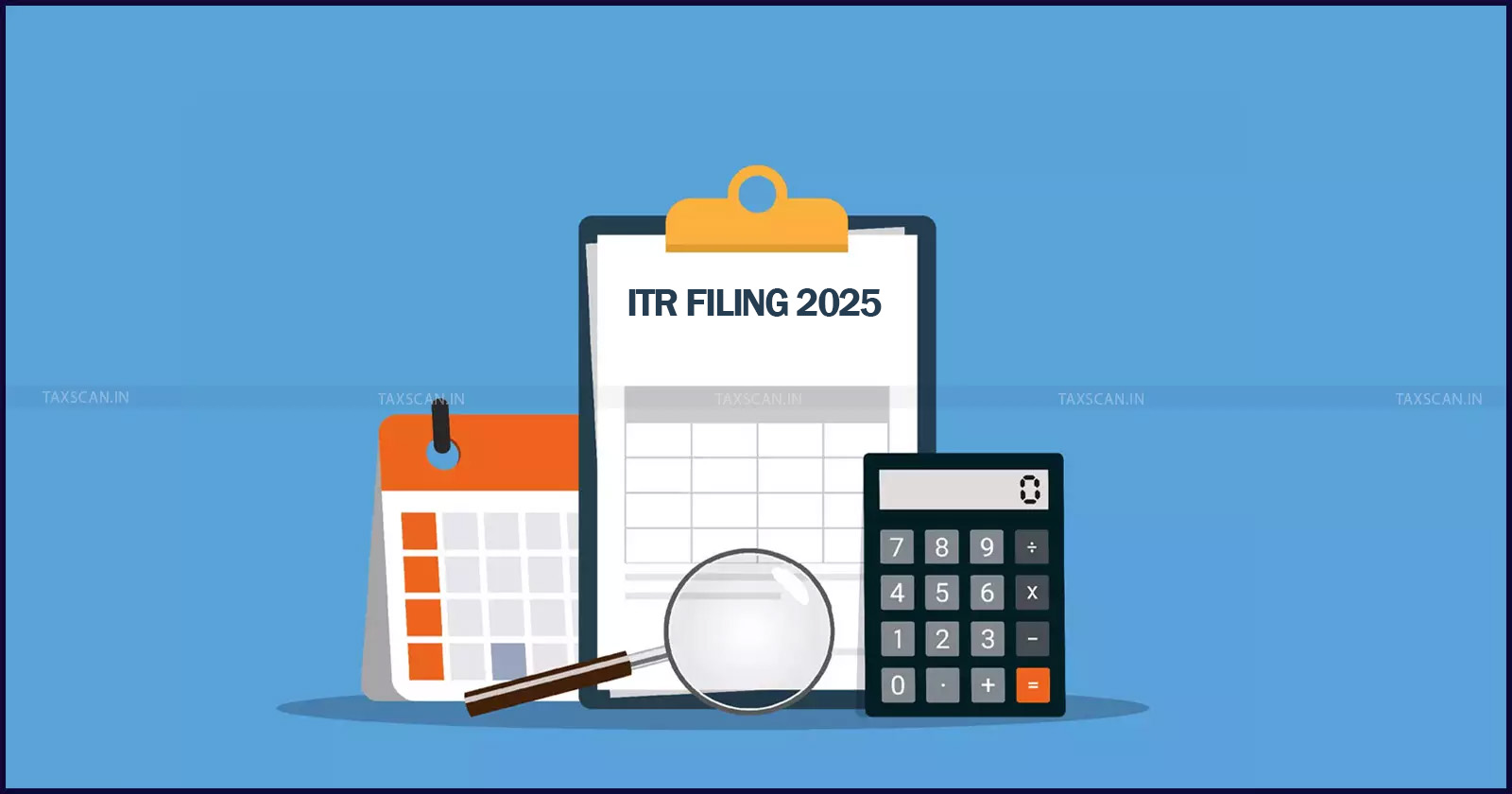ITR Filing 2025: ICAI’s guide on Pre-requisites and Documentation for ITR-1 Filing
The guide on the documentation and other filing requirements for the ITR-1 file has been released by the ICAI

ITR-1 is the most popular income tax return form. It is mostly used among the salaried taxpayers.
The form applies to residents (excluding "not ordinarily resident") whose total income does not exceed Rs. 50 lakh, in addition to certain limited agricultural income and long-term capital gains under Section 112A up to ₹1.25 lakh.
This includes income from a single house property, a family pension, a salary, and other sources like interest income. In order to properly file an ITR-1, you need to fulfil specific eligibility requirements, complete technical prerequisites, and maintain the necessary documents on hand.
Eligibility Check
Before proceeding, ensure that you qualify to file ITR-1. You can file ITR-1 if:
- You are a Resident Individual (not RNOR/NRI).
- Your total income is up to ₹50 lakh.
- Your income sources are:
(i) salary or family pension
(ii) Income from house property, where the individual does not own more than one house property. Also, he should not have any brought forward loss or loss to be carried forward under the head;
(iii) Income from other sources, except winnings from lottery or income from race horses. Also, he should not have any loss under the head. For filing ITR 1, Income from other sources can comprise of interest from savings accounts, interest from deposits (Bank / Post Office / Cooperative Society), interest from income-tax refund, interest received on enhanced compensation, any other Interest Income,
(iv) agricultural income up to Rs.5,000
(v) Long-term capital gain under Section 112A up to Rs.1.25 lakhs. Also, he should not have brought forward loss or loss to be carried forward under the head.
Also, income of spouse (other than those covered under Portuguese Civil Code) or minor clubbed should include only income from sources and within the limits specified above.
You cannot file ITR-1 if you:
- is a Resident Not Ordinarily Resident (RNOR), and Non-Resident Indian (NRI)
- has total income exceeding ₹ 50 lakh
- has agricultural income exceeding ₹ 5,000
- has income from lottery, racehorses, etc.
- has taxable short-term capital gains
- has long-term capital gains taxable under Section 112
- has long-term capital gains under Section 112A exceeding Rs.1.25 lakhs
- has held any unlisted equity share at any time during the previous year
- has income from business or profession
- is a Director in a company
- has tax deduction under section 194N of the Income-tax Act, 1961
- has deferred income tax on ESOP received from employer being an eligible start-up
- owns and has income from more than one house property
- has income taxable at special rates under section 115BBDA and 115BBE
- has income to be apportioned in accordance with the provisions of section 5A.
- has assets (including financial interest in any entity) located outside India
- has signing authority in any account located outside India
- has income from any source outside India
- has claimed deduction under section 57, other than deduction in respect of family pension.
- has claimed relief under section 90 or 90A or deduction of tax under section 91.
- is assessable for all or a portion of the income that has had taxes withheld at the source by someone other than the assessee.
 Also Read:ITR Filing 2025: ICAI releases Checklist for Preparation of ITR-1 and ITR-4 [Read Checklist]
Also Read:ITR Filing 2025: ICAI releases Checklist for Preparation of ITR-1 and ITR-4 [Read Checklist]
Pre-requisites for Filing ITR-1 Electronically
Before starting the filing process, ensure the following technical and legal requirements are met :
e-Filing Portal Registration
- With a current User ID (PAN) and password, you must be a registered user on the Income Tax e-filing portal.
Active PAN
- Your Permanent Account Number (PAN) status must be active.
- Aadhaar and PAN should be linked (recommended; required for the majority of taxpayers): Certain e-filing features will be limited if PAN is not operational because of non-linking until you pay the late linking fee as specified in Section 234H.
Residential Status
- Confirm your residential status is marked as Resident in the portal.
Pre-validated Bank Account
- At least one bank account must be pre-validated and linked with your PAN for refund processing.
Updated Contact Details
- Mobile number and email should be updated in the e-filing profile.
- Preferably, the mobile number should be linked to Aadhaar for OTP-based e-verification.
Filing Utilities
- If filing offline, download the latest version of the offline utility or use authorised third-party software.
Documents and Information Required
While most details are auto-filled from your Annual Information Statement (AIS), Form 26AS, and employer data, it is important to keep the following documents ready to verify and update your return:
A. Personal Information
- PAN Card (to verify name, DOB, and PAN details).
- Aadhaar Card (for linking and verification).
- Updated address with PIN code.
- Bank account details (account number, IFSC, bank name, branch).
- Contact details: mobile number, email ID.
B. Income Details
- Form 16 (issued by employer) - for salary income, allowances, perquisites, deductions under Section 16.
- Form 16A / Interest certificates for TDS on interest income from banks/post office/co-operative societies.
- Passbook statements for savings account interest computation.
- Rental receipts/property tax receipts if earning from one house property.
- Capital gains statement (if applicable under Section 112A).
- Family pension details (for deduction under Section 57(iia) under old regime).
C. Tax Payment Details
- Form 26AS and AIS/TIS to cross-check TDS/TCS and advance/self-assessment tax payments.
- Challans for advance tax/self-assessment tax (if paid).
D. Deduction Proofs (if opting for Old Tax Regime)
- Investment proofs for deductions under Chapter VI-A (e.g., Section 80C, 80D, 80TTA).
- Donation receipts (Section 80G).
- Proof of eligible interest on savings account (Section 80TTA) or family pension deduction.
Important Points to be Noted:
- To prevent an inoperative PAN status, link your PAN to Aadhaar well in advance of uploading.
- E-verify within 30 days of filing, either through Aadhaar OTP, net banking, EVC, or by sending signed ITR-V to CPC, Bengaluru.
- Choose to "Opt Out" of the new default regime on the ITR form if you are filing under the Old Tax Regime.
- To prevent mismatch alerts, double-check the employer's and AIS/TIS's pre-filled data.
- All claims should be supported with evidence in case they are later examined.
Filing Modes
- Online mode - Directly through the e-filing portal.
- Offline mode - Using downloaded utility and then uploading JSON file.
- Paper form - Only for individuals aged 80 years or more.
Support our journalism by subscribing to Taxscan premium. Follow us on Telegram for quick updates


